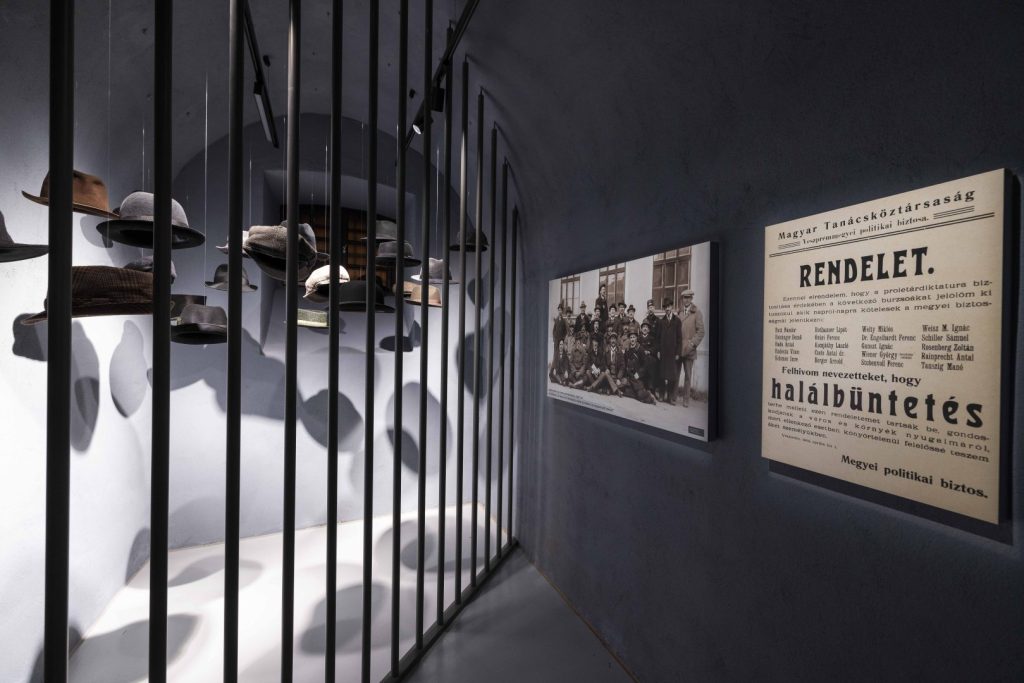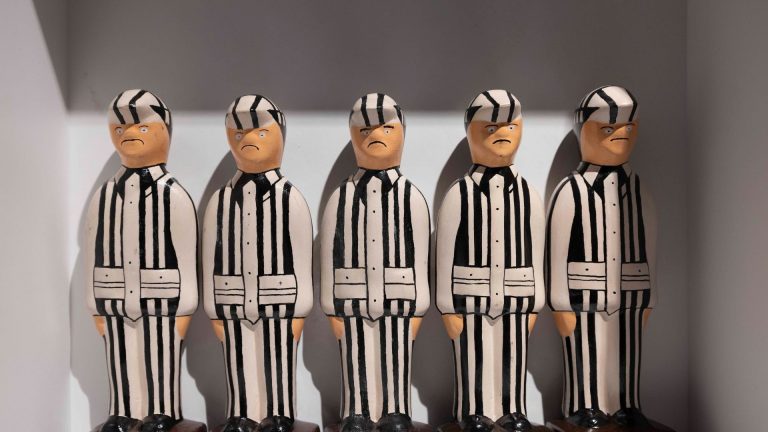The permanent exhibition of the Veszprém Dungeon Visitor Centre, entitled Man Behind Bars, opened on 2 April in a renewed form and with a unique concept, which on the one hand gives a glimpse into the most personal stories of the prisoners, while at the same time it is rich in interactive elements, thus offering visitors an authentic 21st century exhibition experience.
Walking through the corridors of the old dungeon is a special journey through time and space. We learn a lot about what was considered a crime in a particular era and what punishment was considered just and fair. Whereas in the past, public corporal punishment, expulsion from the community and shaming were considered important, today, deprivation of liberty is considered the main punishment. But will it make the society better? Instead of delivering opinions, the exhibition encourages visitors to reflect on this.
“We have made a great dream come true with the European Capital of Culture (ECOC) programme, but we don’t want the magic of the ECOC to end with the end of the calendar year. The success story of Veszprém cannot end here! I believe that last year the city has found a strength, a hidden value within itself, which we must take forward. Therefore, we will do our best to preserve and protect the opportunities and heritage of the cultural season in a formidable way, said Gyula Porga, Mayor of Veszprém.
Among the priority objectives of the Veszprém-Balaton 2023 European Capital of Culture programme were urban development tasks to revitalise old buildings in Veszprém that are currently without function or unused and in need of renovation. “We have always tried to handle these projects with an innovative, out-of-the-box approach, so that, for example, a prison exhibition can go beyond the usual framework, offer visitors unexpected experiences and make them think,” said Alíz Markovits, CEO of the Veszprém-Balaton 2023 European Capital of Culture Zrt.

„Sin is relative and freedom is a value. With this approach, we wanted visitors to form their own opinions on the issues addressed in the exhibition, such as what constituted a crime in a historical period, the role of prison in the life of a city, the social shaping effect of crime and punishment, or the impact of convicts and the crimes they committed on a community during their time in prison and after their release,” added Can Togay, chief artistic-creative advisor to the VEB2023 ECoC.
The exhibition, richly interspersed with interactive elements, presents the history of punishment in Veszprém through the ages, while also providing insights into the terminology of the penal system of the time and the personal stories of the convicts. We can also find out how the names of the various forms of corporal punishment have become part of the vernacular that is still spoken today. Among other things, it also reveals for example the origins of the phrase “I’ll tie your heels back” that were so often told by our grandmothers.

„Our aim is to stimulate thought, dialogue and exchange of opinions, that was why we didn’t want to take a stand with the exhibition, nor present a specific perspective on contemporary criminals and the penal system,” said Gizella Prize winner Hajnalka Vörös Márkusné, project development advisor of the VEB2023 ECOC.











